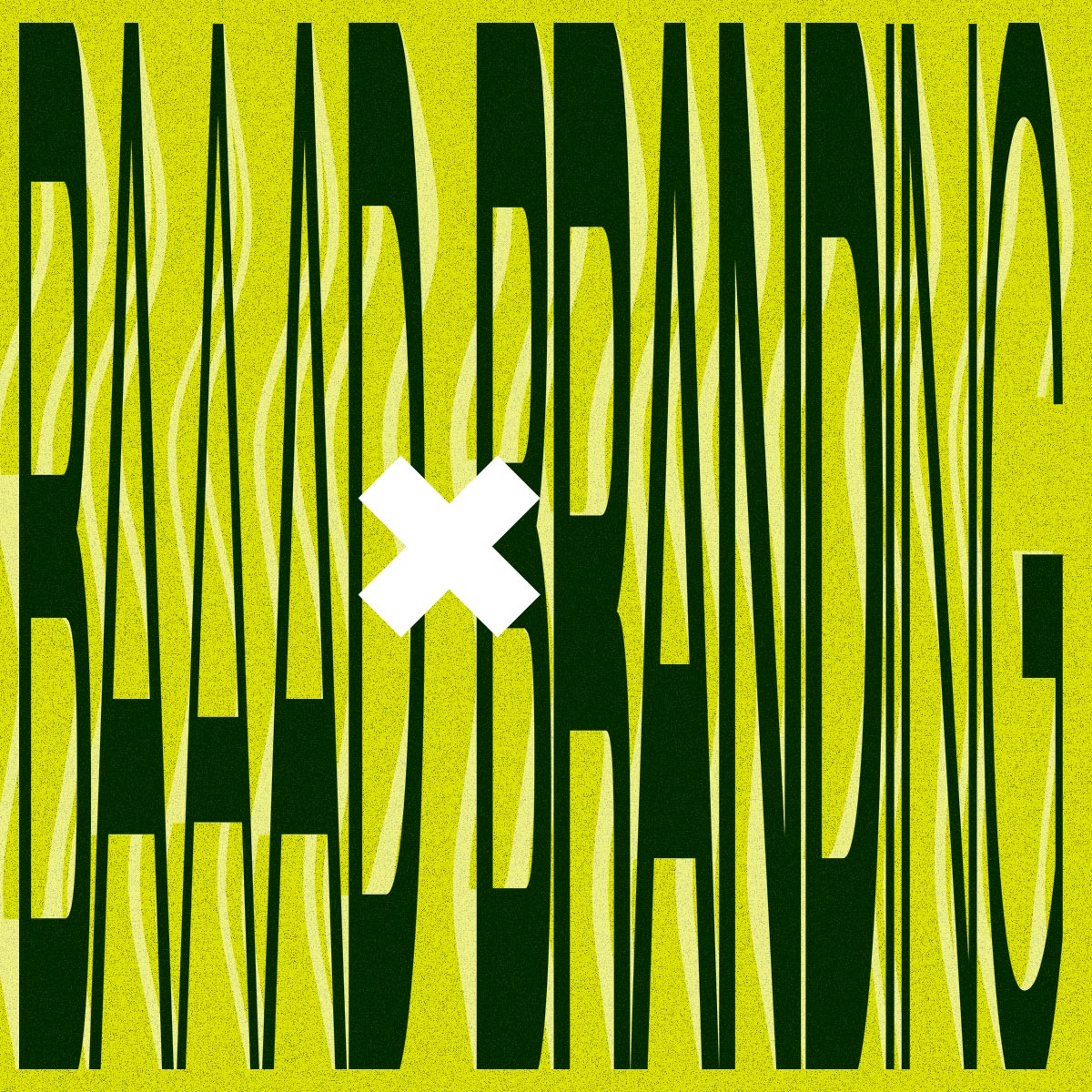Why Brand Strategy Should Come Before Design: A Guide for Business Owners


Why Brand Strategy Should Come Before Design: A Guide for Business Owners
You’ve hired a talented designer to craft a logo, website, or app—but something feels off. The visuals are striking, yet they don’t feel like your brand. Users seem confused, and your marketing team struggles to align messaging. What’s missing? A cohesive brand strategy that bridges design and voice. At Rubrum Studio, we’ve helped countless businesses avoid this costly disconnect by aligning strategy and creativity from day one.
The Pitfall of Design-First Thinking
Designers are experts at translating ideas into visuals—but without a clear brand voice, audience insights, or strategic goals, even the most beautiful assets can miss the mark. For example:
- A tech startup’s sleek, futuristic logo clashes with their website’s casual, jargon-heavy copy.
- A wellness brand’s earthy illustrations feel disconnected from their app’s sterile, transactional UX.
- A boutique’s playful social graphics confuse customers expecting luxury from their high-end e-commerce site.
These misalignments aren’t the designer’s fault; they’re a symptom of starting with aesthetics over strategy.
Why Strategy First?
- Guides Design Decisions: A brand voice (e.g., “authoritative mentor” vs. “quirky friend”) informs typography, colors, and imagery.
- Saves Time & Budget: Developers and marketers won’t waste hours retrofitting disjointed assets.
- Builds Trust: Consistency across touchpoints (logo → website → app) reinforces credibility.
Case Study: From Chaos to Clarity
A gourmet food brand hired a designer to create packaging with rustic handwritten fonts and farm imagery. But their website, built separately, used stark minimalism and formal language. Customers questioned their authenticity: “Are they a cozy family business or a corporate distributor?”
We stepped in to:
- Define their core voice: “Warm, artisanal, and passionately educational.”
- Align visuals: Softened the website’s minimalism with textured backgrounds and food photography styled like heirloom recipes.
- Train their team: Created a brand playbook for future designers and copywriters.
The result? A 40% increase in repeat purchases and a cohesive identity that scaled effortlessly to their new app.
How to Avoid the Trap
- Audit Your Brand Foundations:
- Do you have a voice guide (adjectives, tone, audience personas)?
- Are your mission and values reflected in both visuals and messaging?
- Collaborate Early: Involve designers, copywriters, and strategists in the same conversation.
- Think Long-Term: Ask, “Will this logo work in 5 years? Does this palette adapt to new products?”
How Rubrum Studio Helps
We start every project with a Brand Blueprint Session to align voice, visuals, and goals. For a recent e-commerce client, this meant:
- Choosing bold, confident typography to mirror their empowering voice.
- Using motion design to subtly reinforce their “progress-driven” ethos.
- Equipping their team with a strategy deck for future hires.
Designers are your partners—not just vendors. By grounding their work in strategy, you empower them to create assets that grow with your business. [Download our free Brand Strategy Checklist] to start aligning your vision, or [book a consultation] to build a foundation that scales.








